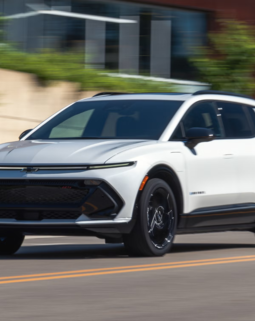In the last decade, between 2010-2020, Ethiopia averaged 10.9% growth, making it one of Africa's most impressive growth performers. It stands in the top 10 fastest growing countries in Africa and 3rd biggest in Eastern Africa, at a GDP of US$91 billion.
With a population of 95 million, the country stands second largest in terms of population after Nigeria. This makes it, without a doubt, an unexploited opportunity in East Africa, more specifically, in the industrial sector.
Second-hand used and imported commercial vehicles dominate Ethiopia’s automotive market, as they were Ethiopia’s second most crucial import in 2019, worth about US$955 million. But, on the contrary, these commercial vehicles also make for their record-earning automotive export.
The credit largely goes to Bishoftu Automotive Industry (BAI). Run by the Ethiopian military, this is an automotive assembly and production company that specializes in servicing, upgrading, and assembling vehicles like pick-up trucks, SUVs, buses, military vehicles such as tanks and APCs (Armored Personal Carriers), and trucks.
These military vehicles are mainly used for African Union peacekeeping missions and the Ethiopian military. On the other hand, the assembled commercial vehicles are sold to local consumers like transport providers, while some are exported to Somaliland.
Ethiopia suffers from the fact that it has the lowest motorization rate worldwide. To understand this, in 2019, there were 65,000 commercial and 100,000 passenger vehicles. This ratio increased by about 2.1% in CAGR between 2010-2020. Thus, about 84% of the automotive market comprises passenger vehicles, and commercial vehicles make up 15%, according to Ethiopia’s Ministry of Transport.
In Ethiopia, used vehicles have gained more value due to the rapid increase in import duties, their limited supply, and high demand being the key factor. The vehicles imported from the Gulf States, which enter through the Port of Djibouti, comprise 85% used vehicles and 90% Toyotas.
A rough estimate shows that almost 18,000 vehicles are brought to Ethiopia annually, most of which are used. Toyota makes up approximately 65% of the market due to its reliability and availability of spare parts. Thus, 2000 new ones and between 5000-7000 used ones are imported yearly.
Retail, construction, and agri-business are the significant purchasers of these new commercial vehicles, while the government drives the sales of passenger vehicles.
The key factor in prohibiting vehicle affordability by the high taxes, which can be at times more than 200% depending on the size of the engine. Personal use vehicles have higher tax rates than commercial ones like vans, pick-ups, and trucks. However, foreign investors and diplomats can import vehicles free of duty.
In the past two decades, 104 companies were licensed for vehicle assembly in the state, but few are currently operating, as the Ethiopian Investment Commission (EIC) has reported.
To solve this, several steps should be taken both by industry stakeholders and the government to encourage vehicle ownership, and taxes should also count in vehicle age as a factor besides engine size.





